Anaheim pepper size directly impacts heat levels and culinary applications. Smaller peppers (6-7 inches) are hotter (1,500-2,500 SHU), while larger ones (10+ inches) are milder (500-1,200 SHU) with more flesh. Here's how to choose the right size for your recipes.
In this guide, we'll explore everything you need to know about Anaheim pepper size — from how it affects spice levels to when bigger or smaller peppers are better for your recipe. Whether you're a home cook or a seasoned chef, this information will help you make informed choices at the market or in the garden.
Table of Contents
- What Exactly Is an Anaheim Pepper?
- The Relationship Between Size and Heat
- Size Comparison Table
- Practical Tips for Cooking With Different Sizes
- Buying Guide: How to Choose the Perfect Anaheim Pepper
- Growing Your Own: Size Variations in Homegrown Peppers
- Conclusion
- Frequently Asked Questions About Anaheim Pepper Size
What Exactly Is an Anaheim Pepper?
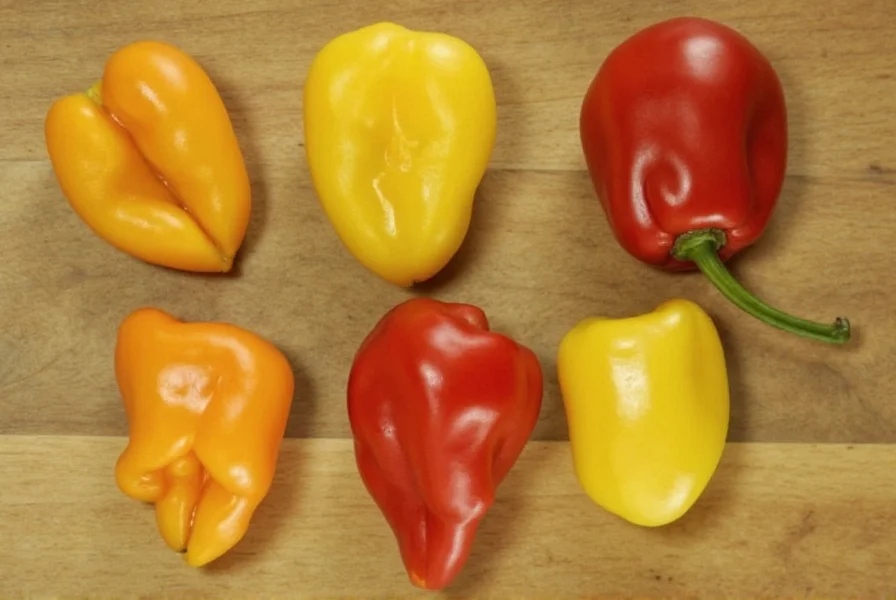
The Anaheim pepper, also known as the New Mexico chili or Magdalena, was originally cultivated in New Mexico but gained popularity in Anaheim, California — hence the name. It's a medium-length chili that ranges from 6 to 10 inches long, typically green when harvested early and red when left to ripen longer on the plant.
On the Scoville scale, which measures the heat of chilies, Anaheim peppers range between 500–2,500 SHU (Scoville Heat Units). This makes them milder than jalapeños (which start around 2,500 SHU) and significantly less fiery than habaneros or ghost peppers.
But what really sets the Anaheim apart isn't just its mild-mid heat profile — it's the versatility. You can roast it, stuff it, dice it into salsas, or puree it into sauces. And all of these uses benefit from understanding the nuances of its size.
The Relationship Between Size and Heat
Smaller Anaheim peppers tend to have more concentrated capsaicin (the compound responsible for heat), while longer, mature peppers may offer more volume but less punch per bite.
- Smaller Peppers (6–7 inches): More likely to have a spicier kick; great for salsas, hot sauces, or when you want a subtle chili note without overpowering other ingredients.
- Medium Peppers (8–9 inches): Balanced heat and fleshiness; ideal for roasting, stuffing, or slicing into strips for fajitas or sandwiches.
- Larger Peppers (10+ inches): Milder, meatier texture; perfect for soups, stews, or recipes where you want bulk without excessive heat.
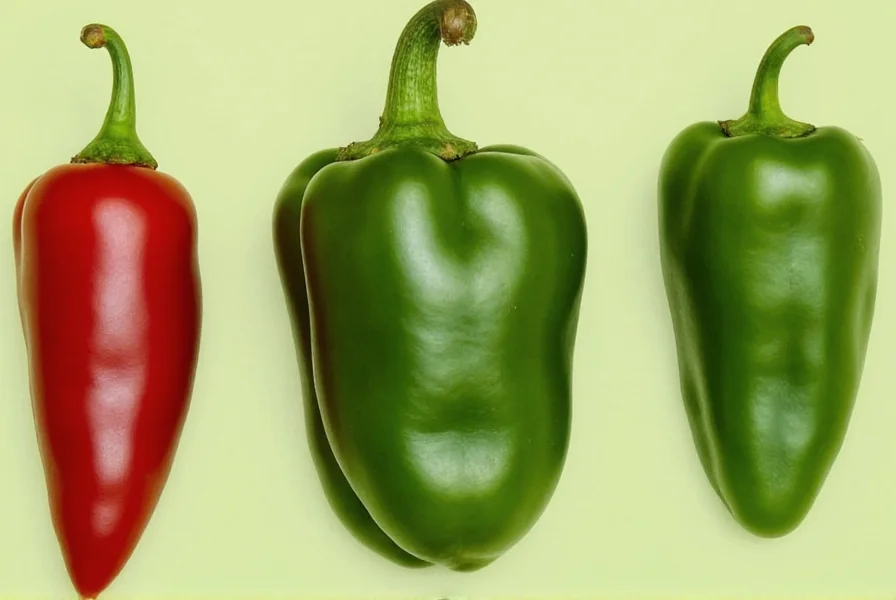
Size Comparison Table
| Size Category | Average Length | Typical Heat Level (SHU) | Best Use Case |
|---|---|---|---|
| Small | 6–7 inches | 1,500–2,500 | Salsas, sauces, pickling |
| Medium | 8–9 inches | 1,000–2,000 | Roasting, grilling, stuffing |
| Large | 10+ inches | 500–1,200 | Cooked dishes, soups, stews |
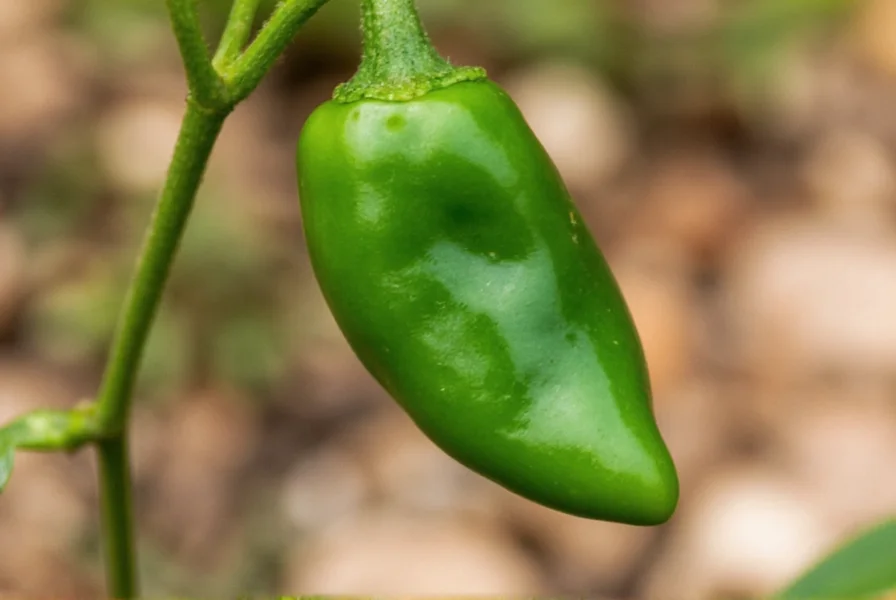
Practical Tips for Cooking With Different Sizes
Understanding how size impacts flavor and heat allows you to choose the right Anaheim pepper for every occasion. Here are some pro tips:
- For Salsas: Opt for small or medium-sized peppers. Their slightly firmer skin holds up well in fresh preparations, and their moderate heat won't drown out tomatoes or cilantro.
- For Roasting: Medium to large peppers are ideal because they char evenly and retain moisture, making them easier to peel after roasting.
- For Stuffed Peppers: Go with large, thick-walled peppers. They hold more filling and maintain structure during baking or grilling.
- For Drying: Small to medium peppers dry faster and pack more concentrated flavor, perfect for making ristras or chili powders.
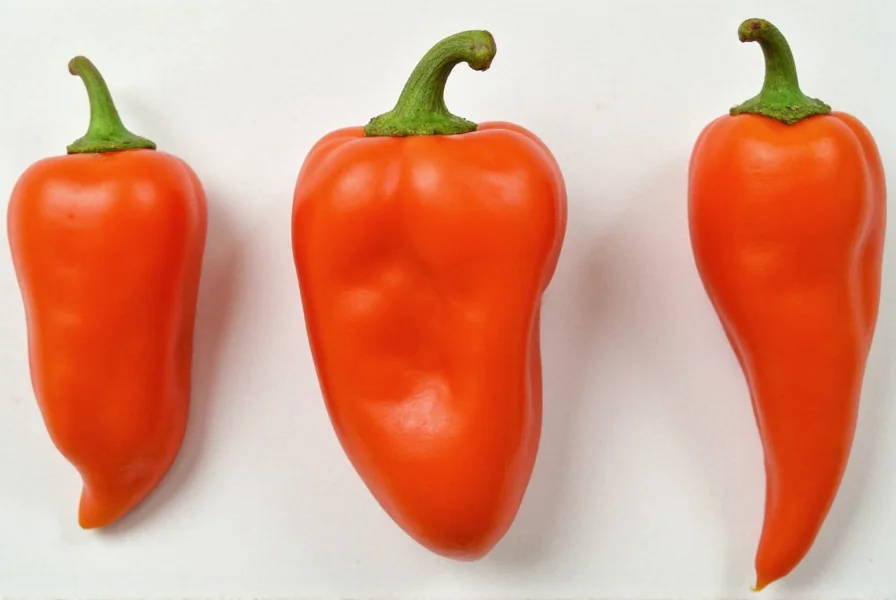
Buying Guide: How to Choose the Perfect Anaheim Pepper
Whether you're shopping at a farmers' market, grocery store, or online retailer, knowing what to look for can make all the difference. Here's a breakdown of what to consider when selecting Anaheim peppers based on size and usage:
Things to Look For
- Firmness: Regardless of size, avoid soft or wrinkled peppers. These are signs of age and potential spoilage.
- Color: Green peppers are more vegetal and slightly bitter, while red ones are sweeter and richer. Choose based on desired flavor profile.
- Stem Condition: A bright green stem means freshness. Brown or dried stems indicate older peppers.
- Uniformity: If buying in bulk or pre-packaged, look for consistent size unless you're experimenting with varying heat levels.
Product Spotlight: Top Picks Based on Usage
If you're ordering Anaheim peppers online or purchasing processed versions like canned or dried, here are our top picks:
- Fresh Anaheim Peppers (1 lb bag):
Brand: Nature's Garden
Features: Locally grown, pesticide-free, vacuum-sealed for freshness.
Best for: Roasting, grilling, raw use in salads or salsas.
Who should buy: Home cooks, backyard chefs, foodies looking for quality ingredients. - Dried Anaheim Chilies (10 oz bag):
Brand: Santa Fe Gourmet
Features: Sun-dried, natural color retention, easy to rehydrate.
Best for: Making sauces, soups, or powdered spices.
Who should buy: Chili lovers, homebrewers, meal prep enthusiasts. - Canned Whole Anaheim Peppers:
Brand: Hatch Chile Company
Features: Fire-roasted, no preservatives, rich smoky flavor.
Best for: Quick meals, sandwiches, enchiladas.
Who should buy: Busy professionals, campers, college students.
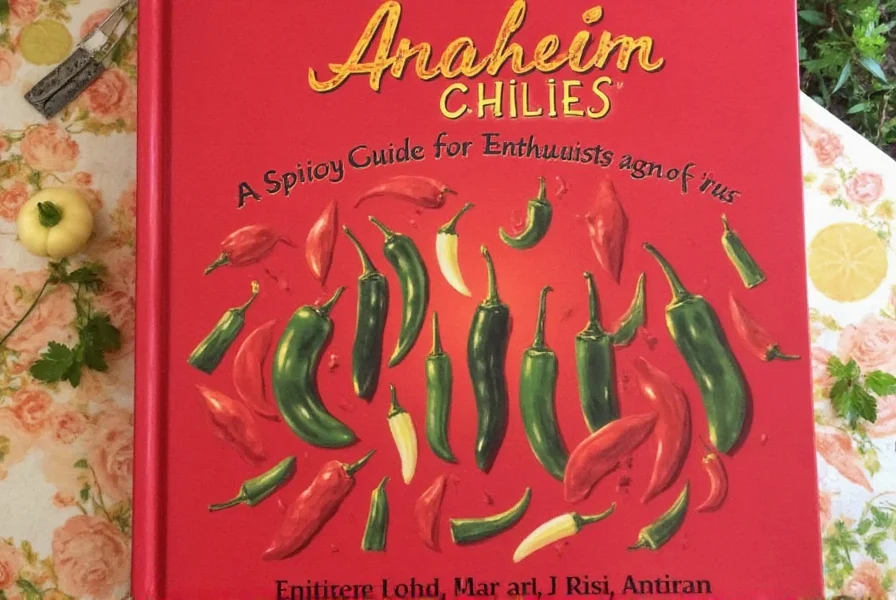
Growing Your Own: Size Variations in Homegrown Peppers
If you've got a garden or even a sunny windowsill, growing Anaheim peppers can be rewarding — and eye-opening when it comes to size variation. Depending on soil health, water access, and climate, your plants may yield peppers across the full size spectrum.
- Pick Early for Smaller, Spicier Peppers: Harvesting before full maturity gives you shorter, thinner chilies with higher heat content.
- Let Them Ripen Longer for Larger, Sweeter Peppers: Allowing peppers to fully develop results in longer, meatier fruits with milder flavor profiles.
- Maintain Consistent Watering: Fluctuations in hydration can lead to inconsistent growth and misshapen peppers.
- Provide Support: As peppers grow larger, they may bend or break under their own weight. Use stakes or cages to support heavy branches.
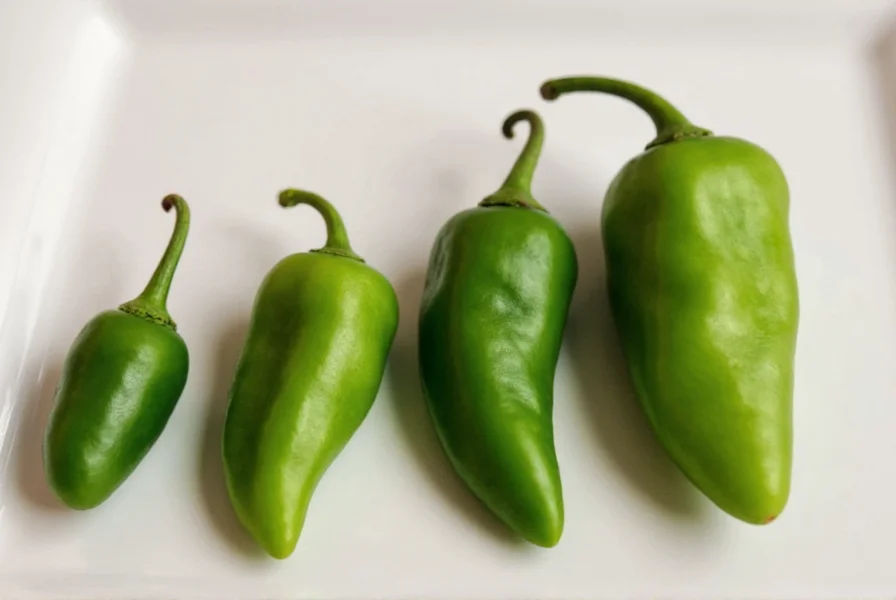
Conclusion
The beauty of the Anaheim pepper lies in its flexibility — and a lot of that has to do with its size variability. Whether you're looking for a gentle background warmth or a sharp spicy accent, the key is matching the pepper's size to your intended dish.
From salsa to soup, roasting to drying, understanding the impact of Anaheim pepper size empowers you to cook with intention and confidence. So next time you're browsing the produce aisle or harvesting from your garden, take a moment to evaluate the size — it might just elevate your dish from good to unforgettable.
Spice wisely, and enjoy the journey!
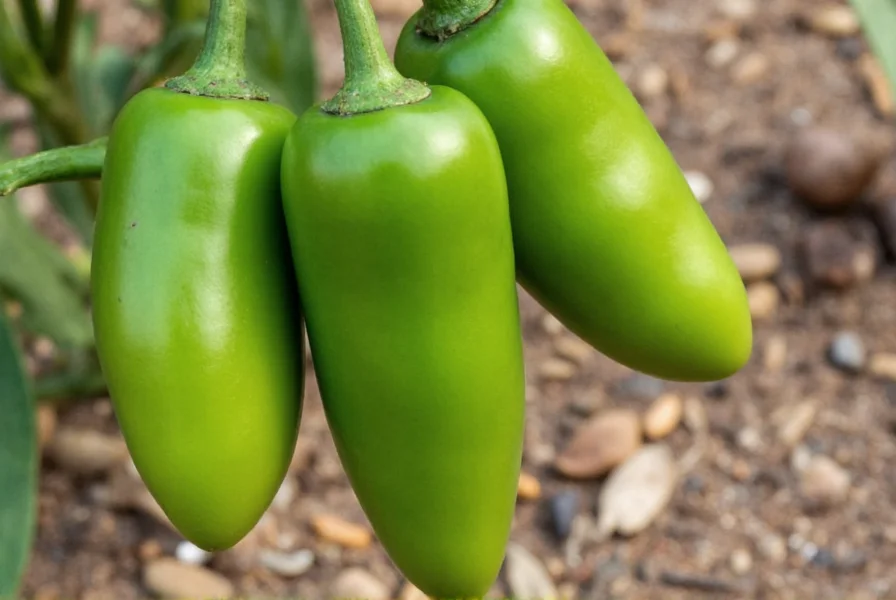
Frequently Asked Questions About Anaheim Pepper Size
How big do Anaheim peppers typically grow?
Anaheim peppers typically range from 6 to 10 inches in length. The size varies based on when they're harvested - smaller peppers (6-7 inches) are picked earlier, while larger ones (10+ inches) are allowed to mature longer on the plant.
Does the size of an Anaheim pepper affect its heat level?
Yes, size significantly affects heat level. Counterintuitively, smaller Anaheim peppers (6-7 inches) tend to be hotter (1,500-2,500 SHU) because they have more concentrated capsaicin. Larger peppers (10+ inches) are milder (500-1,200 SHU) with a meatier, sweeter flavor profile.
Are bigger Anaheim peppers always hotter?
No, the opposite is often true. Larger Anaheim peppers tend to be milder than smaller ones. As peppers grow and mature, they develop more flesh but their heat compounds become more diluted, resulting in a milder flavor profile.
What size Anaheim pepper should I use for salsa?
For salsa, smaller to medium-sized Anaheim peppers (6-9 inches) are ideal. They provide enough heat to enhance the flavor without overwhelming other ingredients like tomatoes and cilantro. Their firmer skin also holds up better in fresh preparations.
Can I substitute different sizes of Anaheim peppers in recipes?
Yes, but with considerations. If substituting a larger pepper for a smaller one, you may need to use more to achieve similar heat levels. Conversely, when using smaller, hotter peppers in place of larger ones, start with less and adjust to taste. Remember that larger peppers also provide more bulk in dishes.
How does size affect roasting Anaheim peppers?
Medium to large Anaheim peppers (8+ inches) are ideal for roasting because they have more flesh that retains moisture during the process. Their size allows for even charring and makes them easier to peel after roasting. Smaller peppers can work too but may char more quickly due to less flesh.

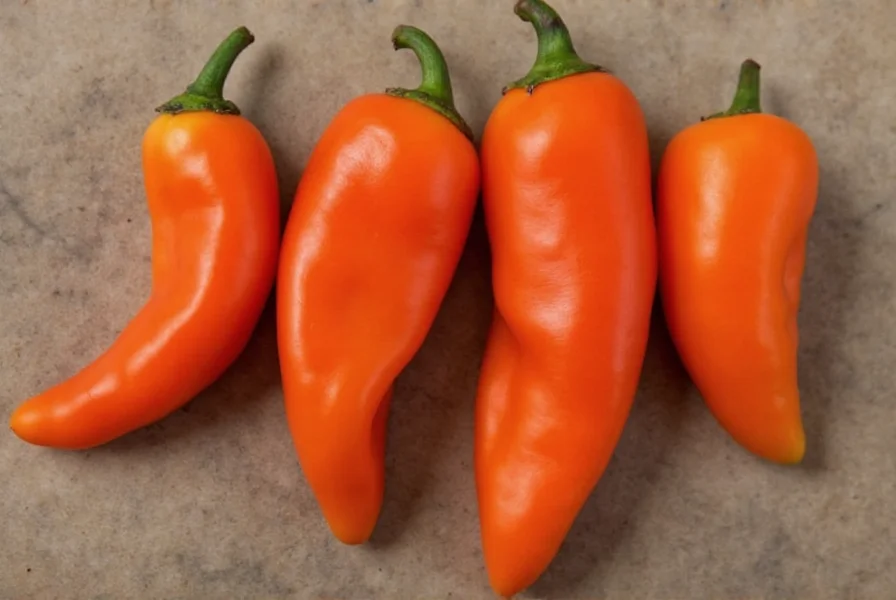









 浙公网安备
33010002000092号
浙公网安备
33010002000092号 浙B2-20120091-4
浙B2-20120091-4